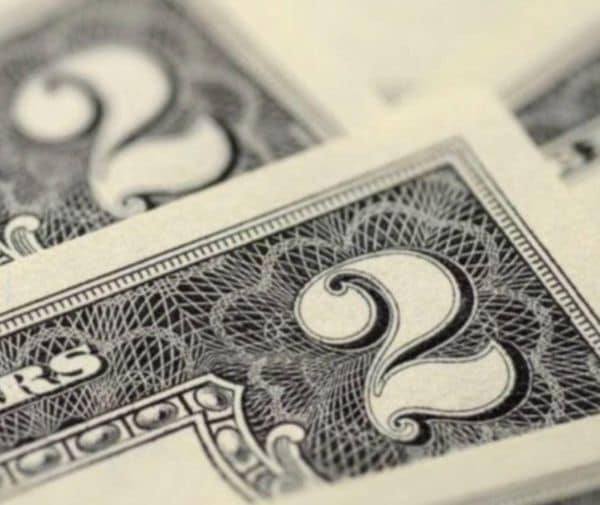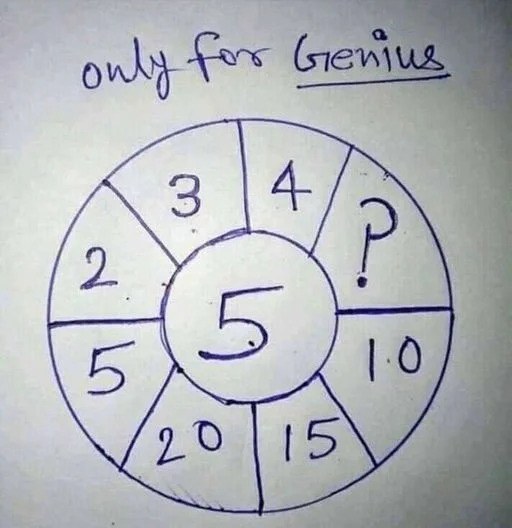
Introduction: The Hidden Value in Your Wallet
We often think of cash as just cash—something to spend and enjoy. But did you know that some bills can be worth a whole lot more than their face value? If you’ve ever found yourself with a couple of old bills lying around, you might want to take a closer look. This article dives into two specific bills that could surprise you with their worth. Get ready to discover hidden treasures right in your pocket!
1. The $2 Bill: More Than Just a Rare Sight
1.1 A Brief History of the $2 Bill
The $2 bill has been around since the late 1700s, but it’s often overlooked and underappreciated. Many people mistakenly believe it’s rare, leading to its mystique. The government has produced them intermittently, with the most recent version being printed in 2013.
1.2 Why is the $2 Bill Valuable?
While it may not be as common as the $1 or $5 bill, its value doesn’t come solely from its rarity. In circulation, a $2 bill is worth, well, $2. However, if you have a crisp, uncirculated $2 bill from a specific year or a unique serial number, it could be worth much more. Collectors often pay a premium for these, sometimes reaching $10 to $50 depending on the condition and demand!
2. The $100 Bill: A Collector’s Dream
2.1 What Makes a $100 Bill Valuable?
When it comes to bills, the $100 bill is the king. However, some editions are more desirable than others. Collectors look for certain factors that can elevate the value of a $100 bill well beyond its face value.
2.2 Unique Features to Look For
- Star Notes: If your $100 bill has a star at the end of its serial number, it’s a star note, which means it was printed as a replacement for a damaged note. These can be worth significantly more to collectors, sometimes $200 or more!
- Older Series: Bills printed before 1996 often attract collectors’ attention. For example, a 1929 $100 bill can fetch hundreds, if not thousands, of dollars depending on its condition.
- Error Notes: If you happen to find a $100 bill with a printing error, you could be holding a small fortune! Error notes can skyrocket in value, with some selling for thousands.
3. How to Assess Your Bills’ Value
3.1 Condition Matters
The condition of your bills is crucial. Bills in pristine condition, often referred to as “uncirculated,” will command much higher prices than worn or torn notes. Always handle your bills carefully—use clean hands and avoid folding them!
3.2 Research and Resources
To find out the value of your bills, consider using online resources like currency value guides or auctions. Websites dedicated to currency collecting can help you gauge what others are paying for similar notes.
4. The Collecting Community: Where to Start
4.1 Join a Network
Getting involved in currency collecting can be an exciting journey. There are plenty of online forums, local clubs, and conventions where enthusiasts share information and even trade notes.
4.2 Attend Currency Shows
Local and national currency shows often feature expert appraisers who can help you evaluate your bills. It’s also a great way to meet other collectors and learn more about the hobby.
5. Conclusion: Your Bills Might Be Worth More Than You Think
So, the next time you stumble upon a couple of old bills, don’t just toss them aside. They could be worth more than you think! Whether it’s a $2 bill that holds sentimental value or a $100 bill that could fetch a pretty penny, take the time to explore their worth. After all, in the world of currency collecting, you never know when you might hit the jackpot!

